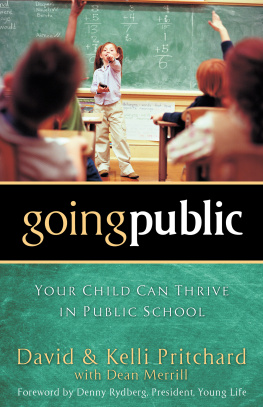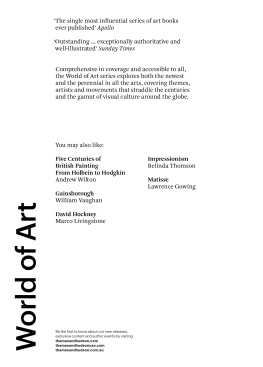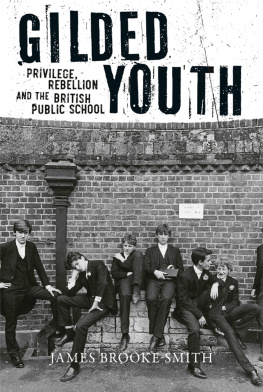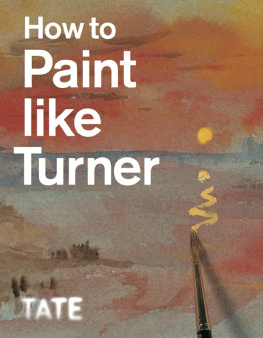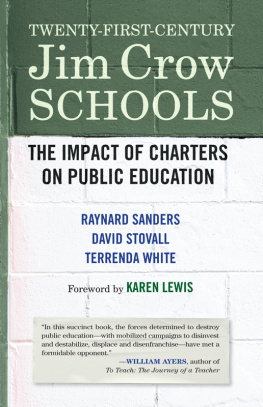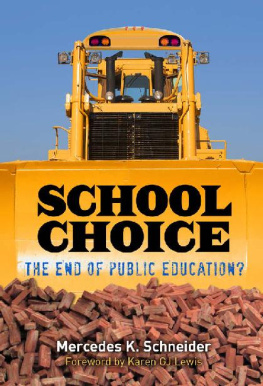

Copyright 2015 David Turner
All rights reserved. This book may not be reproduced in whole or in part, in any form (beyond that copying permitted by Sections 107 and 108 of the U.S. Copyright Law and except by reviewers for the public press) without written permission from the publishers.
For information about this and other Yale University Press publications, please contact:
U.S. Office:
Europe Office:
Typeset in Minion Pro by IDSUK (DataConnection) Ltd
Printed in Great Britain by Gomer Press Ltd, Llandysul, Ceredigion, Wales
Library of Congress Control Number: 2015930854
ISBN 978-0-300-18992-6
A catalogue record for this book is available from the British Library.
10 9 8 7 6 5 4 3 2 1
Contents
Illustrations

1 Where the public schools began: Chamber Court, one of Winchester College's original buildings from the fourteenth century.

2 The first image of a public school boy: John Kent, who died while still a scholar at Winchester in 1434. Note the priestly appearance in this memorial brass in a local church.

3 The first public school hero: Sir Philip Sidney, an old boy of Shrewsbury, in pensive mood in this statue on the school's grounds.

4 Seat of learning: an allegorical portrait of Richard Busby, Westminster's famous seventeenth-century headmaster.

5 Making their own devilish entertainment: the arcane and cruel custom of bumping, typical of the barbarous practices of the unreformed public schools of the early nineteenth century.

6 Westminster boys participating in the Pancake Grieze in front of a bemused audience, 1919.

7 The most successful head in public school history? Samuel Butler, who led Shrewsbury from 1798 to 1836.

8 An intense relationship between master and boy, tinged with sexuality: the brilliant Eton housemaster Oscar Browning with George Curzon, future Viceroy of India.

9 First-Character. Second-Physique. Third-Intelligence: H. H. Almond, Loretto's redoutable Victorian head.

10 Tradition with a hint of menace: Winchester College Football teams arrive on the field of battle.

11 Sporting excellence: Bob Tisdall (far left), gold medal winner in the hurdles at the Los Angeles 1932 Olympics, at Shrewsbury School.
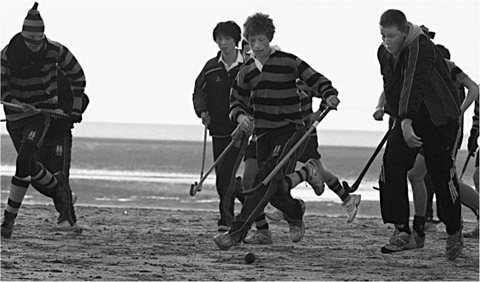
12 Ross Hockey, a form of the sport peculiar to Rossall School in Lancashire.
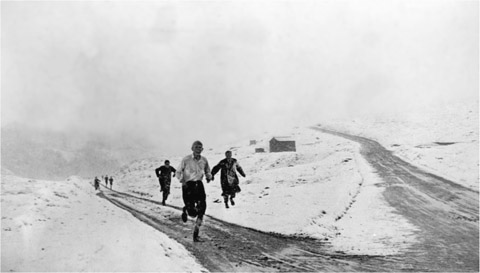
13 Making men of them: a boy on Sedbergh School's famously tough Wilson Run, 1917.
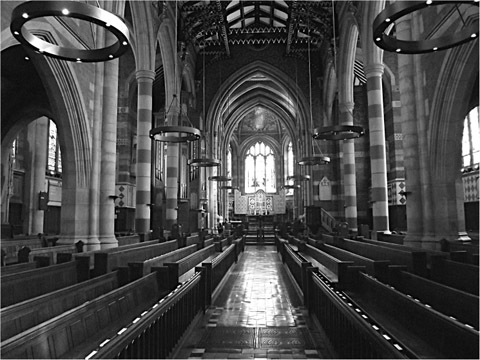
14 The magnificent Rugby School Chapel, dating from 1872. Religion played an important role in the moral reformation of many public schools in the nineteenth century.
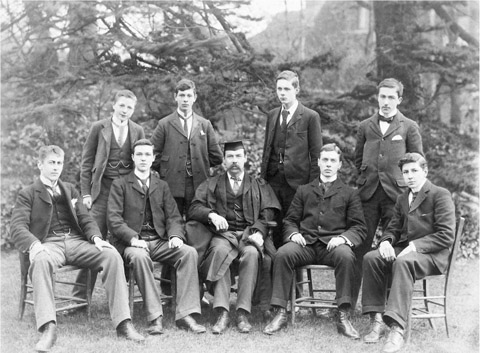
15 King's College School prefects in 1898, rather dour and unsmiling.
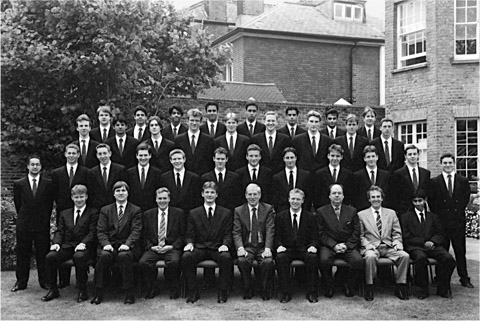
16 King's College School prefects of 19967, exuding bonhomie. Note the ethnic mix that was absent in the earlier King's photo.
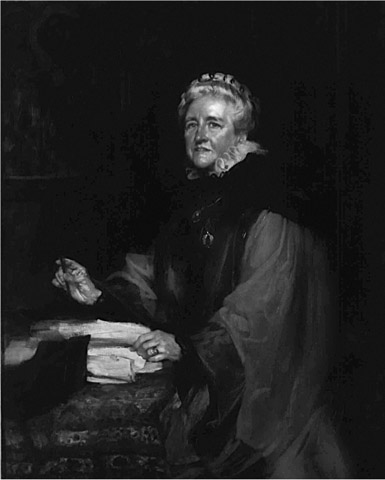
17 Admirable but humourless: Dorothea Beale, principal of Cheltenham Ladies College 18581906 and pioneer of academic education for girls.
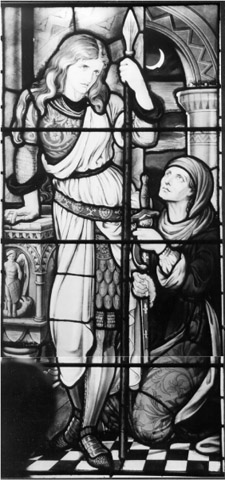
18 Britomart, the mythical warrior-princess who was Dorothea Beale's favoured heroine, commemorated in the stained glass windows at Cheltenham Ladies College.
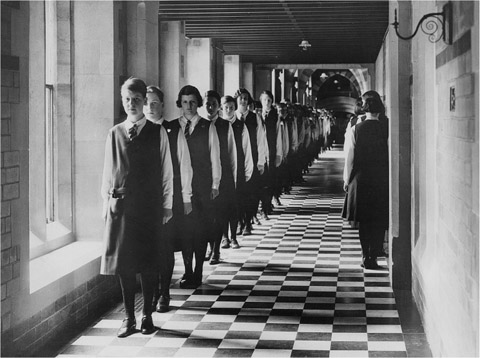
19 Cheltenham Ladies College girls lining up for prayers in about 1930. The scene testifies to the tightly controlled environments of the girls public schools of the time.

20 Roedean senior prefects, 1913. Far less intimidating than the prefect photos of boys public schools of the era.
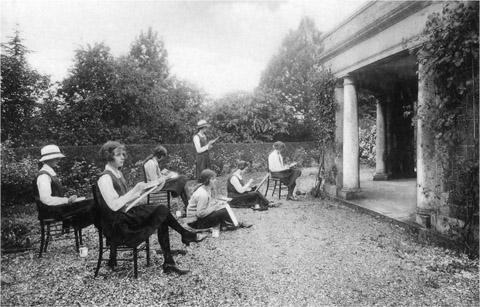
21 Teaching the feminine graces: Sketching Class at the Rose Temple, from a 1920s prospectus for St James School, Worcestershire.
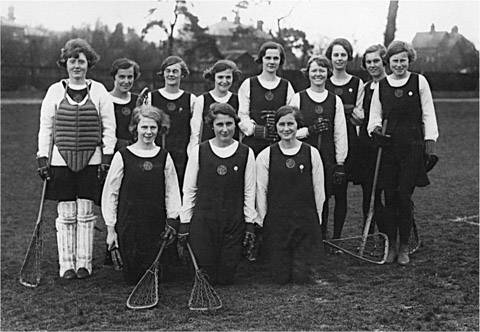
22 A Roedean lacrosse team on a windswept day in 1920. Special pains will be taken to guard against overwork, and from two to three hours daily will be allotted to out-door exercise and games, its first prospectus noted.
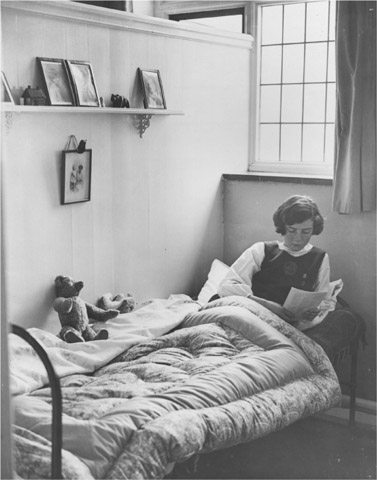
Next page


